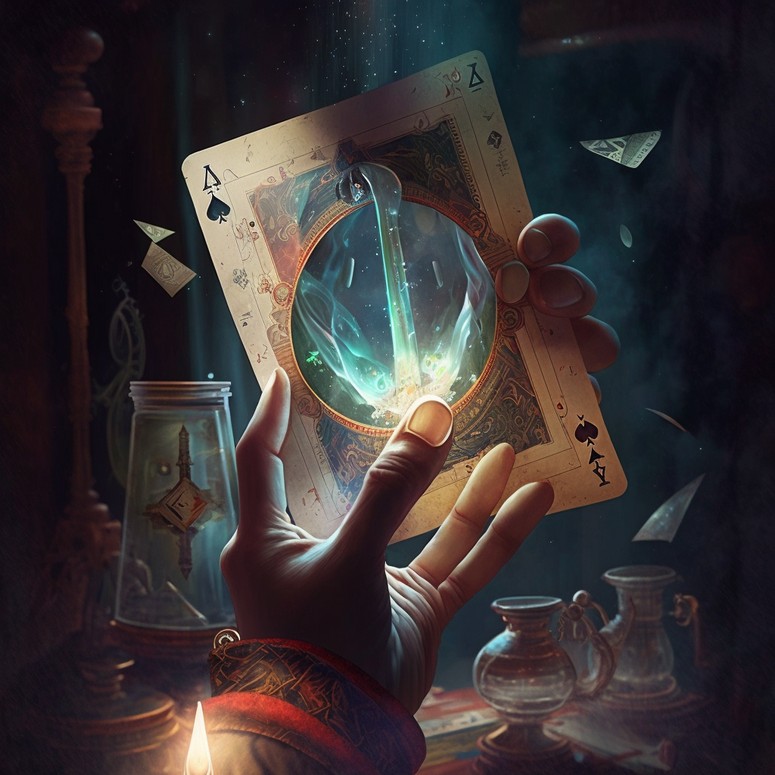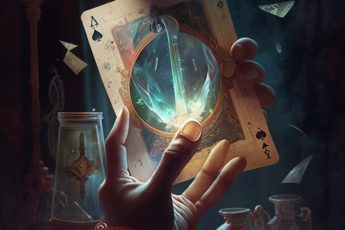Tarot reading has been practiced for centuries as a means of gaining insight and guidance into one’s life. Traditionally, Tarot readings were done by skilled readers who had honed their craft through years of practice and study. However, with the rise of Tarot’s popularity, more and more people are interested in learning to read Tarot cards for themselves.
One of the most common questions that new Tarot readers ask is, “Can you read for yourself in Tarot?” This question is an important one to consider, as it raises important issues about the benefits and challenges of self-readings. In this article, we will explore the different aspects of this topic, and provide tips on how to approach reading Tarot cards for yourself with clarity and intention.
- Benefits of Self-Readings
- Intimacy with Your Own Energy
- Flexibility and Control
- Convenience and Cost
- Challenges of Self-Readings
- Objectivity
- Lack of Feedback
- Limited Expertise
- Tips for Reading Tarot Cards for Yourself
- Set Your Intentions
- Practice Mindfulness
- Seek Feedback
- Keep a Journal
- Take Breaks
- FAQs
- Q. Can a beginner read Tarot cards for themselves?
- Q. How often should I conduct self-readings?
- Q. How do I know if my self-reading is accurate?
- Conclusion
Benefits of Self-Readings
Intimacy with Your Own Energy
When you read Tarot cards for yourself, you are connecting with your own energy in a unique way. As you lay out the cards, you are engaging with your own intuition and inner wisdom. This process can be incredibly powerful, as it allows you to access a deep understanding of yourself and your situation.
Flexibility and Control
Another benefit of self-readings is that you have complete control over the process. You can choose which cards to use, and how to interpret them. This flexibility allows you to tailor your reading to your specific needs and preferences.
Convenience and Cost
Finally, reading Tarot cards for yourself is convenient and cost-effective. You can do it from the comfort of your own home, and you don’t have to pay for a professional reading. This accessibility makes Tarot reading more accessible to a wider range of people.
Challenges of Self-Readings
Objectivity
One of the biggest challenges of self-readings is objectivity. When you read Tarot cards for yourself, it can be difficult to separate your own desires and biases from the messages in the cards. This can lead to inaccurate readings or readings that are heavily influenced by your own subconscious.
Lack of Feedback
Another challenge of self-readings is the lack of feedback. When you read Tarot cards for someone else, you can observe their reactions and responses to the cards, which can provide valuable insights. However, when you read Tarot cards for yourself, you are limited to your own reactions and interpretations.
Limited Expertise
Finally, reading Tarot cards for yourself can be challenging if you are still learning the basics of Tarot reading. Without a solid foundation in Tarot theory and interpretation, it can be difficult to understand the full meaning of the cards and how they relate to your specific situation.
Tips for Reading Tarot Cards for Yourself
Set Your Intentions
Before you begin a self-reading, take some time to set your intentions. Think about what you hope to gain from the reading, and what questions you want to ask the cards. This will help you to focus your energy and attention, and to stay grounded throughout the reading.
Practice Mindfulness
During the reading, practice mindfulness. Pay attention to your breath and to the sensations in your body. This will help you to stay present and focused, and to avoid getting lost in your own thoughts or emotions.
Seek Feedback
Although you may have conducted a self-reading, it is still important to seek feedback from others. This can help you to gain a fresh perspective on the reading, and to identify any biases or assumptions that may have influenced your interpretation.
You can seek feedback from a trusted friend, mentor, or online Tarot community. When sharing your reading with others, be open to their insights and perspectives, but also remember to trust your own intuition and inner wisdom.
Keep a Journal
Keeping a journal is an effective way to track your progress as a Tarot reader, and to reflect on your self-readings over time. Write down the cards you pulled, the questions you asked, and your interpretation of the reading. This will help you to identify patterns and themes in your readings, and to track your own growth as a reader.
Take Breaks
Finally, it is important to take breaks between self-readings. Reading Tarot cards can be emotionally and energetically taxing, and it is important to give yourself time to recharge and replenish your energy. Take a walk, do some yoga, or engage in other activities that help you to relax and unwind.
FAQs
Q. Can a beginner read Tarot cards for themselves?
A. Yes, a beginner can read Tarot cards for themselves, but it is important to approach this practice with patience, curiosity, and a willingness to learn.
Q. How often should I conduct self-readings?
A. The frequency of your self-readings will depend on your personal preferences and needs. Some people prefer to conduct daily readings, while others prefer to read Tarot cards only when they feel the need for guidance or insight.
Q. How do I know if my self-reading is accurate?
A. The accuracy of a self-reading will depend on a variety of factors, including your level of experience, your objectivity, and your ability to connect with the cards. Seek feedback from others, and trust your own intuition and inner wisdom.
Conclusion
Reading Tarot cards for yourself can be a powerful and rewarding practice, but it is important to approach it with intention, clarity, and self-awareness. By understanding the benefits and challenges of self-readings, and by following these tips and guidelines, you can develop a deep and meaningful relationship with Tarot, and gain valuable insights and guidance into your own life. So, can you read for yourself in Tarot? The answer is yes, but with a willingness to learn and grow, and a commitment to staying grounded and present throughout the reading process.








